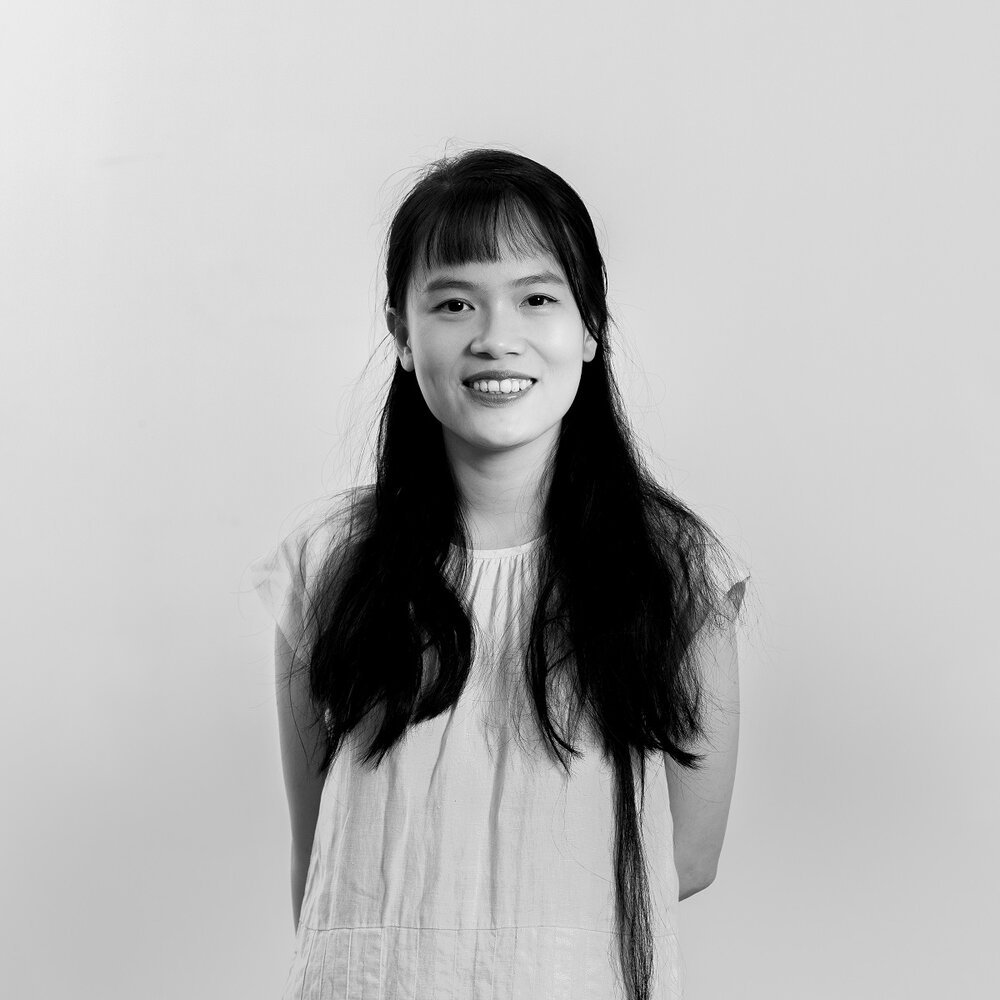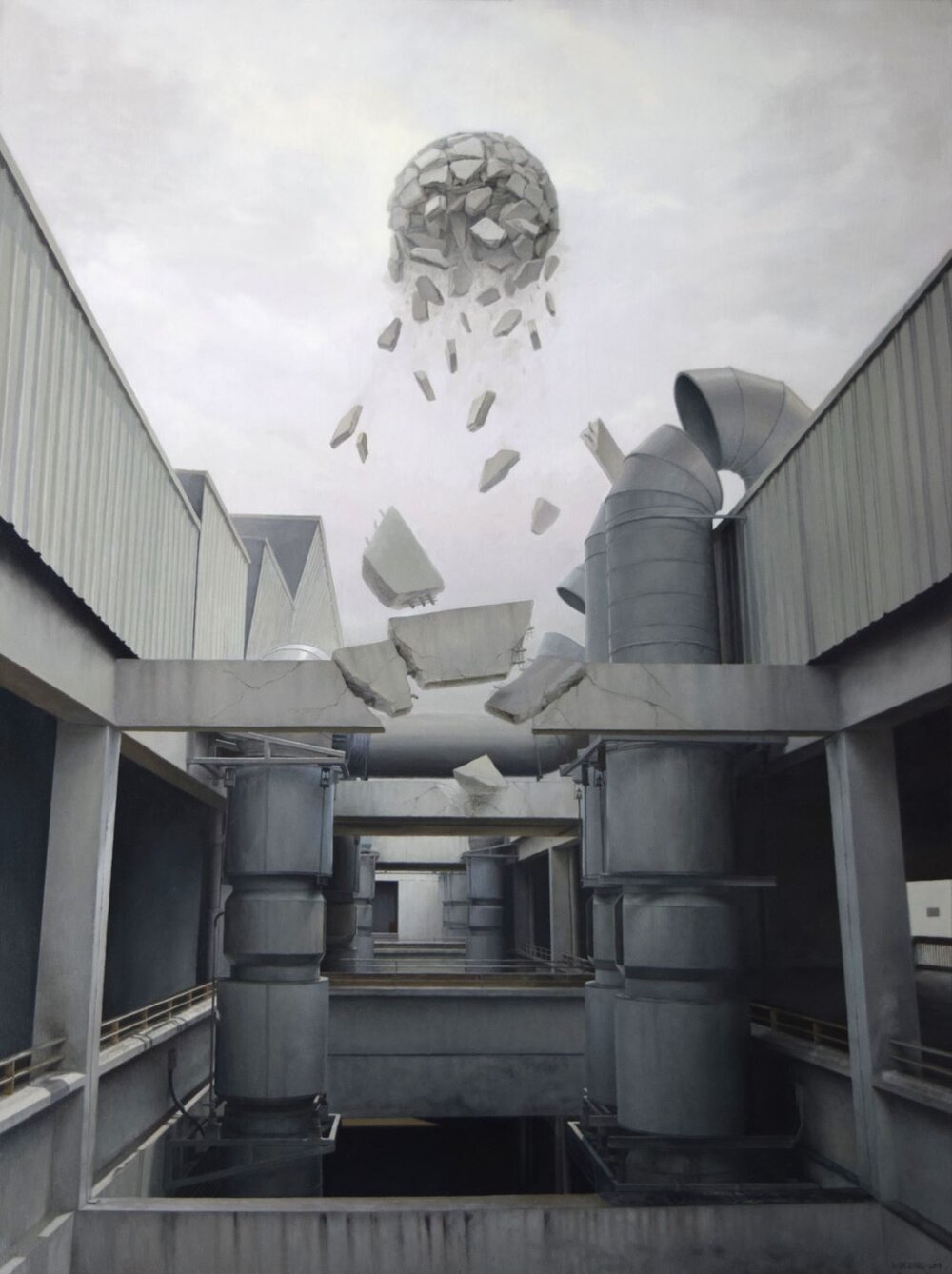Southeast Asia at Hugo Boss Asia Art Award
Female Artists Eisa Jocson and Thảo-Nguyên Phan
By A&M
Eisa Jocson, ‘Super Woman KTV’, 2019, exhibition installation view. Image courtesy of Rockbund Art Museum.
The Hugo Boss Asia Art Award announced its winner, Eisa Jocson, on 6 November. The Philippine artist is known for her works that use her body in movement to comment on Filipino social mobility and identity formation. One of the works in the prize exhibition is ‘Corponomy’, 2019, which is a moving documentation of past performance pieces that include pole-dancing, macho dancing, representing Snow White, and imitating nightclub hostesses, in an exploration of the female body and its roles and potential meanings.
Eisa Jocson.
Another work is ‘Super Woman KTV’, 2019, based on folk rituals, oral traditions and contemporary pop songs. The chronologically sweeping karaoke music video is a thought-provoking pastiche of song and dance performances that questions what it means to be feminine in Philippines across time.
Thảo-Nguyên Phan, ‘Mute Grain’, 2019, exhibition installation view. Image courtesy of Rockbund Art Museum.
Another Southeast Asian finalist, Thảo-Nguyên Phan similarly presents work that looks at the history of her homeland, Vietnam. The haunting work ‘Mute Grain’ is a personal interpretation of the 1945 famine in Vietnam, which is believed to have caused the death of more than two million people in the Red River Delta of North Vietnam. It occurred during the Japanese occupation of French Indochina, which lasted from 1940 to 1945.
The work is, like Jocson’s, a richly intertextual one that travels through time. Thảo-Nguyên’ wove oral histories that historian Van Tao donated to the Vietnam National Museum with magical elements from Vietnamese folk tales and chronicles. The work is articulated by two adolescents in a lyrical language inspired by Japanese post-war writer Yasunari Kawabata’s ‘Palm-of-the-Hand Stories’.
The story is about the death of a young woman named August, who is unable to move on to the next life, and thus becomes a hungry ghost. She keeps her human form, appearing between layers of time and space, across silk screens, jute curtain and cinematic frames, together with her brother, March, who floats anxiously, searching for her. The artist notes that the characters are named March and August to reflect the poorest months of the lunar calendar, a fragile time when farmers once had to borrow money and find side jobs for their livelihood.
Thảo-Nguyên Phan.
The artist says, “In studying this Japanese-occupied era, it became clear to me that food security is (and always has been), a never-ending episodic tragicomedy, the final act that robs humanity and corrodes both culture and nature. In today’s global political situation, with famine still raging in different parts of the world, the story of Mute Grain remains of great exigency.”
The Hugo Boss Asia Art Award was initiated by Hugo Boss and Rockbund Art Museum in 2013. It is a platform for emerging Asian artists to tell their unique stories. Speaking about being a finalist in the Hugo Boss Asia Art Award, Phan notes, “One of the most important takeaways is my discovery of the works of other finalists, which challenge and broaden my perspective of how art should and could be”.
This year’s exhibition, curated by Billy Tang, Senior Curator at Rockbund Art Museum, opened on 18 October 2019 and will be on view until 5 January 2020. Other finalists whose works are on display are Beijing-based artist Hao Jingban and Taipei-based artist Hsu Che-Yu.













